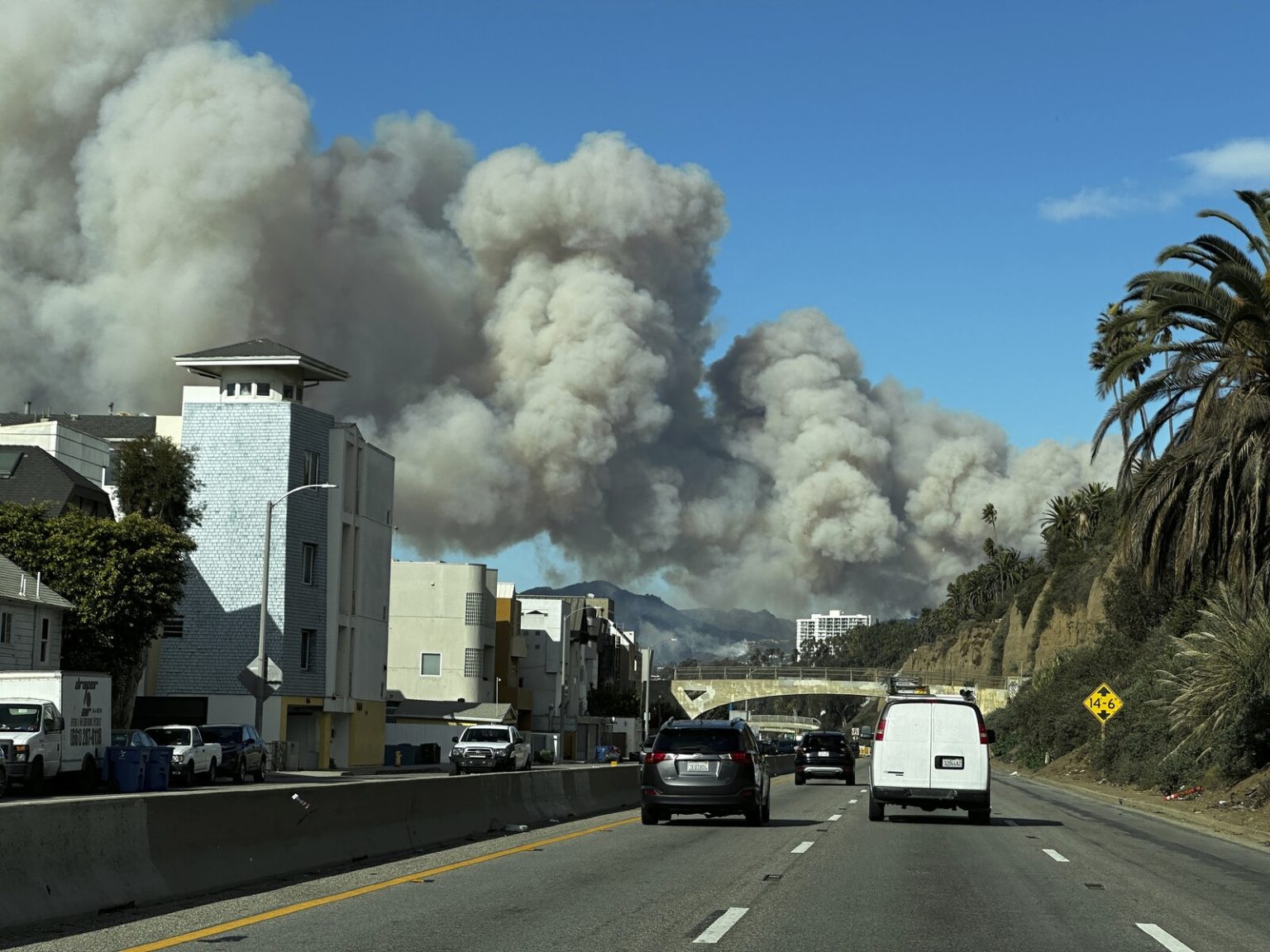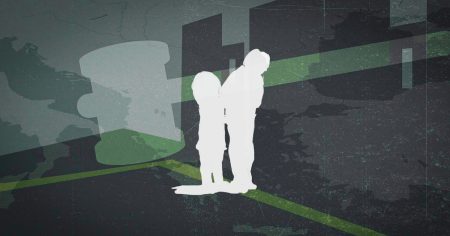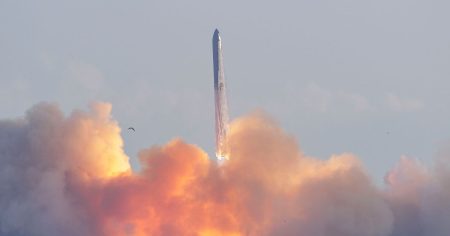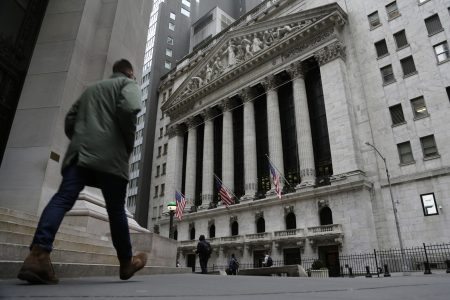The fast-moving brush fire, christened the Palisades Fire, erupted in the rugged terrain of the Santa Monica Mountains, sending plumes of thick, acrid smoke billowing across the affluent Pacific Palisades neighborhood and beyond. Fanned by fierce Santa Ana winds, the flames rapidly consumed dry brush and chaparral, painting the normally picturesque landscape with an ominous orange glow. Residents, many of whom occupy multi-million dollar homes, were placed on high alert, with evacuation warnings issued as a precautionary measure against the unpredictable nature of the blaze. The fire’s proximity to major thoroughfares, including the Pacific Coast Highway, forced authorities to close sections of the roadway, further disrupting traffic and adding to the sense of urgency surrounding the unfolding emergency. The Los Angeles Times reported thousands of residents displaced from their homes, highlighting the significant impact of the rapidly spreading inferno.
The chaotic scenes of evacuation unfolded along Sunset Boulevard and the Pacific Coast Highway, two iconic arteries of Los Angeles, as residents hastily gathered their belongings and fled the encroaching flames. Cars snaked along the congested routes, their headlights cutting through the dense smoke that hung heavy in the air. The intensity of the fire was exacerbated by the powerful Santa Ana winds, which are known for their dry, desiccating effect on vegetation and their ability to propel wildfires with alarming speed. These infamous winds, originating from the high deserts of California, are a recurring threat in the region, often contributing to the rapid spread of devastating wildfires. The unpredictable gusts made it difficult for firefighters to contain the blaze, as embers were carried far beyond the fire’s perimeter, igniting spot fires and creating new fronts for the fire to advance.
The extreme weather conditions extended beyond the immediate vicinity of the fire, with a widespread warning issued for Southern California regarding the ”life-threatening, destructive” potential of the persistent Santa Ana winds. These winds, forecast to last for several days, posed a multifaceted threat, not only fueling the existing fire but also increasing the risk of new ignitions. The strong gusts threatened to topple trees, creating further hazards and potentially disrupting power lines, adding to the already challenging circumstances. Coastal areas were also warned of unusually high waves, further complicating the emergency response and raising concerns about coastal erosion. The combination of fire, wind, and potential flooding created a complex and dangerous situation for residents across a wide swathe of Southern California.
The severity of the weather conditions and the ensuing fire emergency had far-reaching consequences, even impacting the schedule of the outgoing US President, Joe Biden. A planned visit to Riverside County, where President Biden was scheduled to dedicate two national monuments, was cancelled due to the hazardous conditions. The event, designed to celebrate the natural beauty and historical significance of the region, was ultimately relocated to Los Angeles, a safer location further removed from the immediate threat of the wildfires. This last-minute change underscored the significant disruption caused by the extreme weather and the prioritization of safety for the President and his entourage.
The Palisades Fire served as a stark reminder of the increasing threat of wildfires in California, a state grappling with the effects of climate change and prolonged drought. The dry conditions, coupled with the powerful Santa Ana winds, create a tinderbox-like environment, where even a small spark can quickly escalate into a raging inferno. The rapid spread of the Palisades Fire and the subsequent evacuations highlighted the need for increased preparedness and proactive measures to mitigate the risks associated with these increasingly frequent and destructive wildfires. The scenes of residents fleeing their homes, shrouded in smoke and uncertainty, served as a poignant illustration of the human cost of these natural disasters.
The incident brought into sharp focus the ongoing challenges of managing wildfire risks in a changing climate. The increasing frequency and intensity of these fires necessitate a comprehensive approach that encompasses both preventative measures and effective emergency response strategies. This includes proactive vegetation management, improved building codes in high-risk areas, enhanced early warning systems, and greater investment in firefighting resources. The Palisades Fire served as a wake-up call, emphasizing the urgent need for a coordinated and sustained effort to protect communities and ecosystems from the devastating impact of wildfires in the future. The resilience of both the natural environment and the human communities inhabiting these fire-prone areas will depend on a collective commitment to adapting to and mitigating the risks posed by a warming planet.














